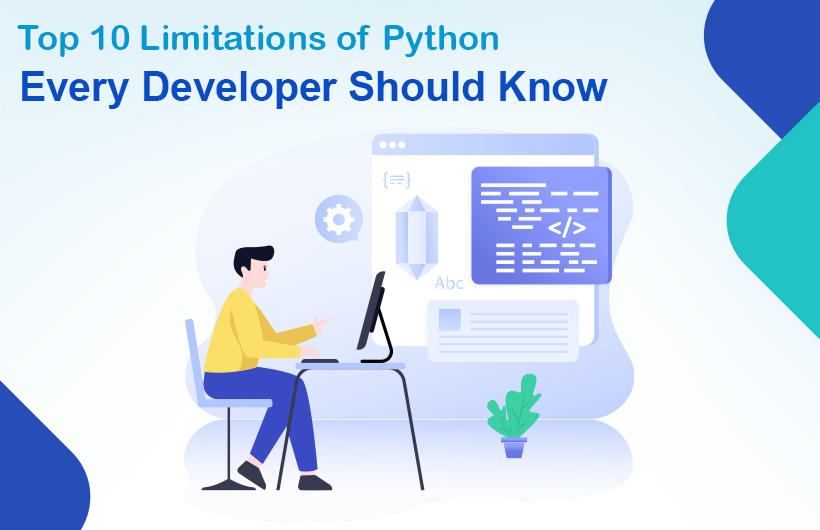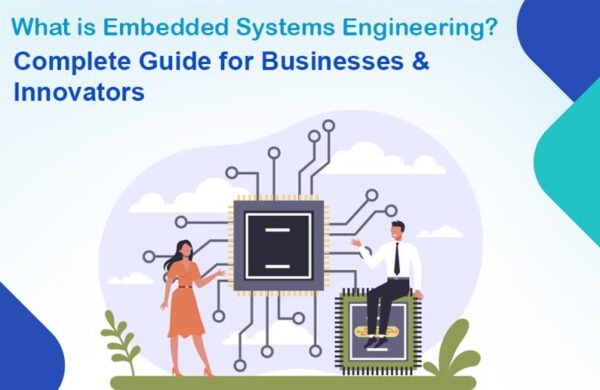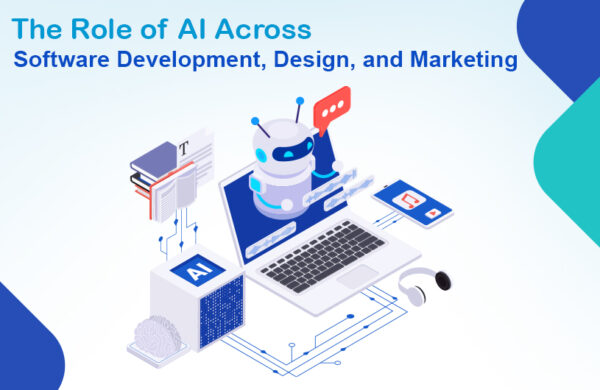Python is often the first programming language developers turn to—and for good reason. It’s versatile, beginner-friendly, and comes with a massive ecosystem of libraries and frameworks. However, Python is not the one that would perfectly suit all the purposes. Behind all the hype of Python and its applications, you have to realize certain limitations of python may be hindering your projects before you decide to invest in it, whether you are a start-up that is assessing your tech stack or a business that is interested in a Web development service.
Ahead, we unpack the 10 limitations of Python not to be missed by any developer, entrepreneur, and technical decision-maker, in particular, when comparing Java Vs Python, or when you have to choose a backend for your next front-end development project.
1. Performance Bottlenecks
Python is an interpreted language, i.e. it runs a little slower than compiled languages such as Java or C++. This is made apparent when one considers CPU-intensive applications where the speed of execution is paramount. The dynamic typing and garbage collection of Python make it slow as well.
Impact on use cases: This is the main reason why real-time applications, game engines and high-frequency trading systems tend to disfavour Python.
2. High Memory Consumption
Python exchanges functionality with ease and understandability. However, that tradeoff is at the expense of memory overhead. Python has a heavy object model and heavy data structures, so it is not fit to be used in memory-limited applications, such as embedded systems or mobile programming.
3. Weak in Mobile and Browser Environments
In the case of mobile development, or front-end browser-based development, Python just does not sparkle. Python does not have any native support or realistic frameworks in these areas, as JavaScript in browsers or Kotlin in Android.
Unless you are writing something that lives on a mobile phone or is powered by a browser, Python will not become your best friend.
4. Concurrency is Complicated
Python’s Global Interpreter Lock (GIL) is a well-known bottleneck. It prevents multiple threads from executing Python bytecodes in parallel, limiting true multithreading capabilities. While asynchronous programming (like asyncio) and multiprocessing exist, they add complexity.
Bottom line: Python is not the go-to choice for applications that require high-concurrency or parallelism, like chat apps, multiplayer games, or high-load web servers.
5. Limited Support for Enterprise-Level Systems
When it comes to massive, enterprise-grade systems, Java vs Python often tilts in Java’s favour. Java offers robust scalability, better compile-time error checking, and decades of optimisation for enterprise environments.
Python may, however, be cumbersome in very large, complex systems with strict type and performance requirements.
6. Production is Eliminated by Runtime Errors
Python is a dynamically typed language, and bugs may manifest themselves only at run time may appear. This may be unsafe in the case of a production context, particularly for a big codebase or essential systems, where early error identification is crucial.
7. Mobile Development is not in the strength of Python
And in case you consider using Python to develop mobile applications, rethink. There are such tools as Kivy and BeeWare, but they are too immature in comparison to React Native or Flutter. Another main limitation of Python remains its lack of both cross-platform and mobile development.
8. Management of Dependency is a messy business
The ecosystem of Python is large, yet it may be painful to handle these dependencies. Software bugs such as version conflicts, damaged packages and environment issues across dev/staging/ production are some of the most frequent sources of frustration to developers.
Things are better with tools such as virtualenv and pip, but it does not compare with the ease of practice in managing packages, such as in the Node.js ecosystem or even in .NET.
9. Python Is Not Ideal for working on the Front End
Here is the deal: are you contracting a web development company or are you developing a full-stack app? In both those cases, Python is going to perform nicely in the back-end (e.g. Django or Flask). However, to the front end, you will require JavaScript such as React or Vue.
Python just does not fit in the browser, and the resultant consequence is that you will have an inevitable bifurcation of your tech stack.
10. Python Scaling is Expensive Scaling
Because of the boundaries in its level of performance and concurrent performance, horizontal scaling of the Python applications needs additional expenses, such as server resources. This applies particularly to SaaS firms or startups that are founded on cloud infrastructure.
The cost of scaling a Python-based backend can become high when your app begins experiencing high traffic.
So… Is Python Still Worth It?
Despite these limitations of Python, it remains highly valuable for:
- Rapid prototyping
- Data science and AI/ML applications
- Scripting and automation
- Backend APIs using frameworks like Django and Flask
But if you’re building high-performance systems, real-time apps, or large-scale enterprise platforms, it’s worth evaluating Java vs Python and making a decision based on scalability, performance, and team expertise.
Choosing the Right Tech Partner
If you’re evaluating a tech stack for your next big idea or scaling an existing platform, you need a development partner who understands the limitations of Python and other nuances—not just one who can write code.
Monarch Innovation provides end-to-end web development service backed by deep expertise in both Python and Java ecosystems. Whether you’re building high-performance backend systems or intuitive front-end experiences, Monarch helps you choose the right technology for your business goals—not just what’s trending.
Partner with Monarch Innovation and future-proof your digital infrastructure with smart, scalable, and efficient engineering.
Ready to build something extraordinary? Contact Monarch Innovation today and get started with a team that gets both code and context.





